Federated Health Charities’ mission is to improve the health and quality of life of all Ontarians by supporting 21 different health charities providing critical services to those experiencing, or affected by, illness. We believe education and prevention are key parts of supporting the health of our communities, so our weekly Health Hint series strives to provide tangible and easy to implement hints and tips on how to maintain your health, prevent disease, and enjoy increased quality of life. Check out our latest Health Hint on factors that put you at risk for osteoporosis. This series will highlight some of the early detection signs for many of our 21 illnesses to work towards earlier diagnosis and more favorable treatment outcomes. We hope you find it helpful. If you would like to join our efforts to support the health of Ontario, please consider a donation to Federated Health Charities.
According to Osteoporosis Canada, at least 1 in 3 women and 1 in 5 men will break a bone from osteoporosis. Often osteoporosis is though of as a condition that plagues older people and not something younger people have to worry about. While age is a factor for consideration, it is just one of many risk factors to be aware of. Osteoporosis is something we can all be at risk for, so it is important to understand how to maintain healthy bones and what factors place you at risk for developing osteoporosis.
Risk Factors for Osteoporosis
Age: the older you are the greater the risk.
Sex: while osteoporosis affects both men and women, women are at a higher risk for osteoporosis than men due to lowered estrogen levels post menopause.
Hormone levels: having too high or too low of levels of certain hormones, such as estrogen, testosterone, thyroid, parathyroid and adrenal glands.
Calcium intake: the body requires calcium for daily functions. The body relies on adequate calcium intake, otherwise in is required to take calcium from other places, primarily the bones, resulting in a negative calcium balance and bones loss.
Vitamin D intake: vitamin D increases the body’s ability to absorb calcium. So, having low levels of vitamin D decreases calcium levels as well, putting you at increased risk.
Excessive dieting or having an eating disorder: severely restricting food intake, over a prolonged period, weakens your bones due to nutrient deficiencies.
Physical activity: engaging in regular exercise helps build muscle to support your bones, decreases the rate of bone loss and support and protect the spine. Those who engage in regular physical activity are at a lowered risk.
Alcohol consumption: risk is increased for people who regularly consume 3 or more alcoholic drinks per day.
Smoking: smoking cigarettes negatively impacts your bone health and increases your risk.
Height loss: decrease in height can be indicative of an unknown spine injury. Tracking your height regularly, with your physician, can be a good strategy to catch early warning signs.
Family history: having a parent or sibling with osteoporosis places you at higher risk. This is especially true if you had a parent that experienced a hip fracture.
Medication: a side-effect of some medications can be bone deterioration, especially with prolonged use. Additionally, some medications can increase the likelihood of falls.
Medical conditions: secondary osteoporosis is when a primary health condition increases the risk of developing osteoporosis. This could be because the disease contributes to bone loss, or it could be because it increases the risk of falls and bone fractures. Some of these illnesses include COPD, arthritis, celiac disease, and chronic liver disease.
History of falls: having a previous fall makes you three times more likely for future falls, and falls increased the risk of bone damage.
Being small framed or thin: those with small frames or who are very thin are at a higher risk. Alternatively, being overweight puts you at risk for other health conditions.
Breaking a bone after age 40: particularly when it is caused by something that wouldn’t normally cause a break, such as falling from a short distance.
Assessing your Risk for Osteoporosis
Osteoporosis Canada has a survey that assists you in determining your risk https://osteoporosis.ca/risk/
We hope you enjoyed our latest Health Hint!
Related Articles
Early Detection Signs: Alzheimer’s & Dementia – Health Hint!
Dealing with Depression – Health Hint!
References
Osteoporosis Canada https://osteoporosis.ca/risk-factors/
My Health Alberta https://myhealth.alberta.ca/health/pages/conditions.aspx?Hwid=te7603
Mayo Clinic https://www.mayoclinic.org/diseases-conditions/osteoporosis/symptoms-causes/syc-20351968






